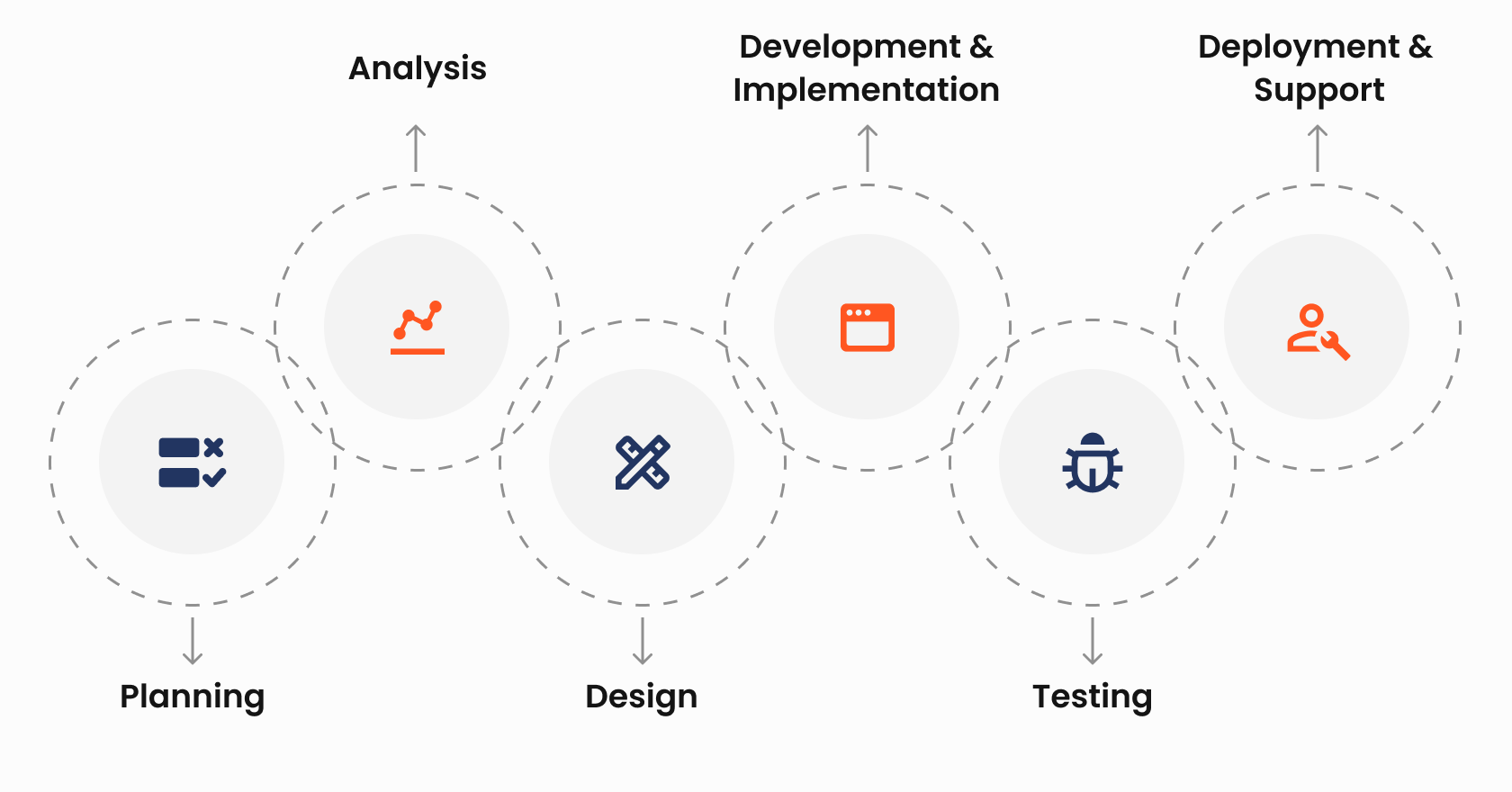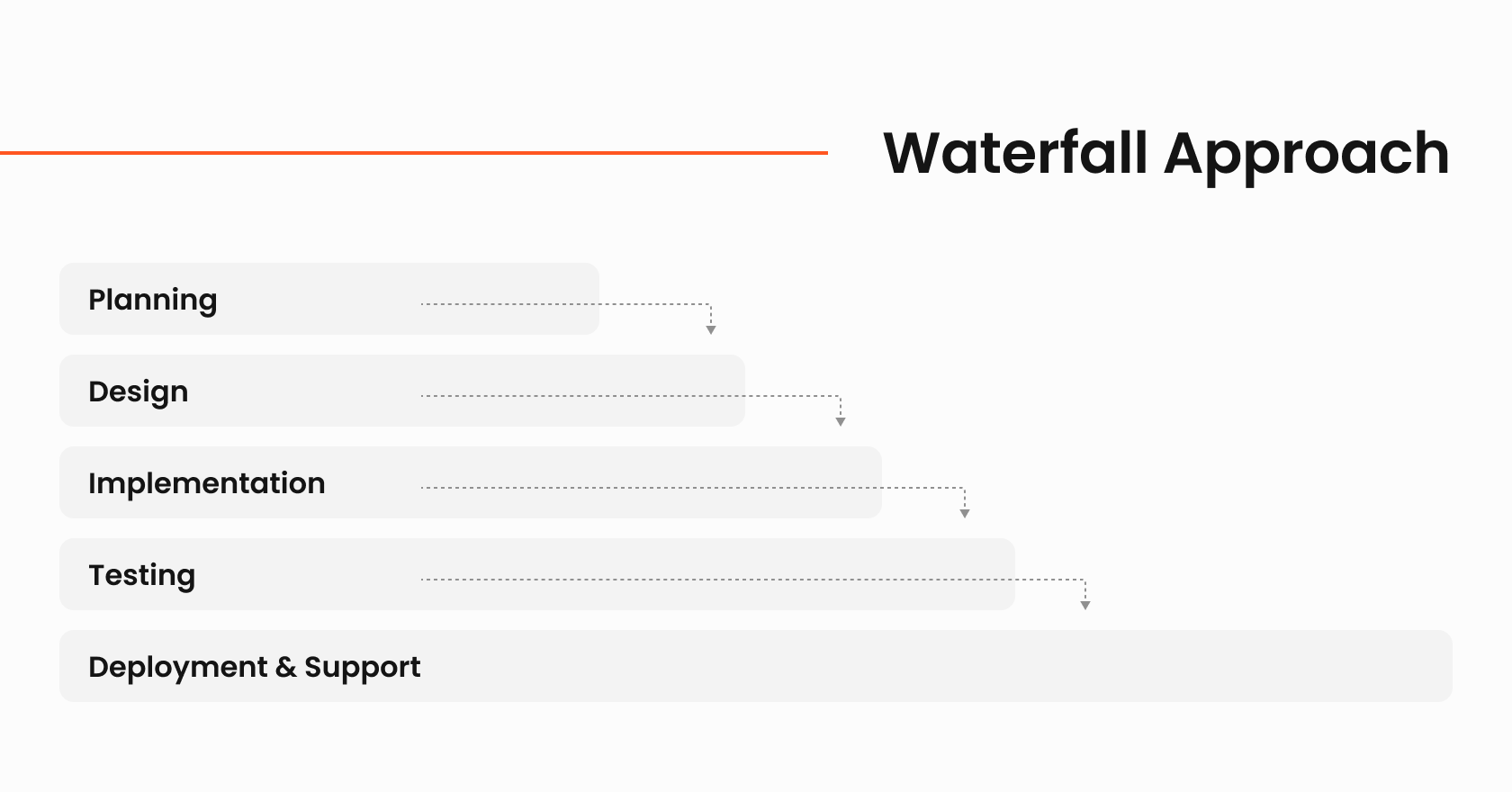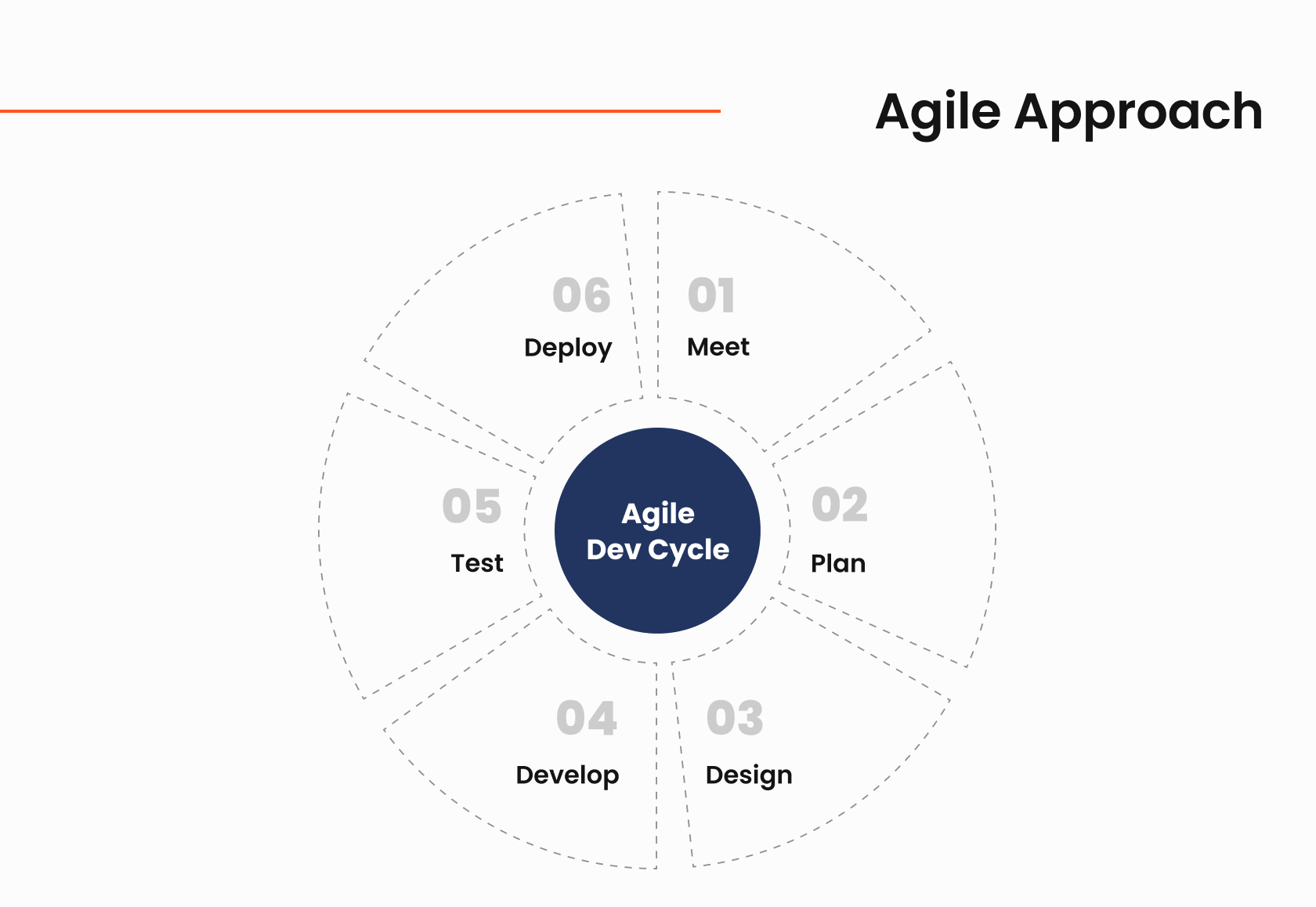

In custom software development, technical documentation includes all written materials about creating software products. It ' s important to explain how the product works, keep everyone on the same page, and answer questions from stakeholders and developers. Good documentation is crucial to avoid misunderstandings and ensure the software meets expectations.
Integrio is a reliable software and web development provider with industry-specific expertise and a proven track record. Building advanced custom solutions includes providing proper technical documentation, so today, we will share our experience in this area.
What other benefits does such documentation bring? How does it help at different stages of the product development life cycle? What are the types of technical documentation, and what materials do they include? And finally, how to write good documentation? We will answer all these questions in our article.
Documentation plays a crucial role in the Software Development Life Cycle (SDLC) as a valuable resource for the various stakeholders. It offers several benefits for improving project success and development efficiency:
Documentation provides a centralized and reliable source of technical data that enables project teams to make informed decisions quickly. As a result, your employees can access relevant documents without extensive searches.
Documentation integrated into the interface allows users to get immediate help and guidance while using the application. It enhances the usability of the software and improves the overall user experience.
Comprehensive software documentation offers detailed information about the product ' s features and capabilities. So customers easily understand the product ' s value and functionality.
Technical documentation empowers users to troubleshoot and resolve technical issues independently, reducing the need to contact support. This self-service issue resolution leads to time and cost savings.
Documentation serves as a repository for recording and preserving ideas related to the software throughout the project lifecycle. They can be implemented in future updates or projects as a source of insights and innovations.
Technical documentation outlines plans, goals, and essential product features, effectively setting the direction for future projects. It helps unify the team around common objectives.
Documentation consolidates all essential product data in one place. That means project stakeholders and developers gain crucial data without direct communication. This fosters effective collaboration and knowledge sharing.

Technical documentation in software development covers key steps — from planning to deployment and support. These stages ensure that software projects are well-defined, effectively managed, and successfully delivered.
Let ' s overview each stage in detail:
Agile and Waterfall are two distinct approaches to technical documentation that align with development methodologies. Each has its own set of principles, processes, and characteristics that influence how documentation is created, managed, and used.x
Waterfall emphasizes sequential and linear project phases, with documentation often created upfront and in a structured manner. Documentation serves as a contract that guides the development process.
Its key characteristics include:

The Agile approach aligns with Agile software development methodologies, such as Scrum and Kanban. It emphasizes collaboration, flexibility, and iterative development.
Core features include:
The choice between Agile and Waterfall approaches depends on the nature of the project, its requirements, and the preferred development methodology.

Software development documentation ensures that all stakeholders share a common vision and facilitates effective collaboration toward achieving project goals. This documentation serves various purposes:
Let ' s dive into a more detailed exploration of the types of technical documentation:

Product documentation provides information and guidance to users, customers, and stakeholders. It is a vital component of a product ' s overall user experience and includes various documents, such as tech specifications, requirements, business logic, and manuals.
System documentation is integral to product documentation, especially for complex products that contain software or complex technical components. It describes the system and its parts, helping engineers and stakeholders understand the underlying technology.
A product requirements document (PRD) is a comprehensive guide that outlines what a product should accomplish, its features, functionalities, and behavior. Here are the key elements typically included in a PRD:
User experience (UX) design documentation focuses on creating a positive and effective user experience for a digital product or application. It encompasses various stages, from research to design:
Unlike product requirement documents focusing on what to build, architecture design documentation delves into how to build it. This is a blueprint for the software ' s structural and functional aspects:
A source code document provides insights into how a software ' s source code works. Its primary audience is software engineers and developers who need to understand, modify, or maintain the code. The document ' s key elements include the following:
Quality Assurance (QA) documentation provides a structured approach to testing and quality management. Here are the key components of QA documentation:
A maintenance and help guide assists users and administrators in maintaining, troubleshooting, and getting the most out of a system or software product. This includes:
User documentation is a guide to end-users and system administrators. It describes how to effectively use, troubleshoot, install, and maintain a product or system. User documentation empowers users to make the most of a product, reduce support requests, and enhance overall user satisfaction.
End-user documentation helps users effectively employ a software product or system to meet their needs. It typically includes:
System administrators ' documentation provides the information system administrators need to install, configure, maintain, and troubleshoot a software product or system. It is distinct from end-user documentation, as it focuses on the technical aspects of managing the software rather than how to use it.
System administrators ' documentation consists of two parts:
Process documentation focuses on capturing and describing the processes, activities, and workflows associated with product development and project execution. It differs from product documentation, which describes the final product or system.
Work plans, schedules, and estimates are essential to project management and process documentation. They provide a structured approach to planning, executing, and monitoring project activities.
Reports and metrics provide insights into how a project is progressing and how resources are being utilized.
Working papers are a repository for engineers ' ideas, thoughts, and technical insights during the implementation phase of a project. These documents help capture and preserve engineers ' knowledge, brainstorming sessions, problem-solving strategies, and code-related information.
Standards are guidelines, rules, and best practices that teams and individuals follow to ensure the project ' s consistency, quality, and maintainability. They encompass:
Agile product roadmaps are essential documents that outline a project ' s strategic direction, goals, and priorities. They help guide development teams and stakeholders throughout the SDLC.
There are three primary types of Agile product roadmaps:
Writing useful technical documentation in software development ensures effective communication and project clarity. You should avoid providing too much information, having unstructured content, or offering insufficient details.
Several common practices can be applied to the technical documentation:
Technical documentation plays a pivotal role in the software development. It serves as the glue that binds project stakeholders, developers, and end-users together. With such materials, you ' ll ensure everyone is on the same page and that the software product meets expectations.
Whether it ' s creating comprehensive user guides, detailed system architecture diagrams, or maintaining up-to-date documentation, your efforts will be crowned with success. You ' ll get smoother development processes, reduced misunderstandings, and improved user experiences.
You already know how to create good technical documentation step by step. But if you need assistance creating custom software from scratch, building a web app, a SaaS product or AI/ML-powered solution, legacy system modernization, etc. — contact Integrio for project outsourcing.
Software technical documentation is a comprehensive set of written materials that provide detailed information about a software system, its design, functionality, and usage. It is a reference guide for developers, users, and other stakeholders. This documentation is essential for understanding, maintaining, and troubleshooting software solutions.
In Waterfall, documentation is extensive and created upfront, often before development starts, encompassing detailed requirements, design, and planning documents. Agile documentation is more iterative and just-in-time, focusing on minimal essential documentation at each development iteration, with a continuous feedback and refinement process.
To create effective software documentation, understand its goals and target audience. Gather relevant information from developers, stakeholders, and other sources, ensuring you have a clear grasp of the product's functionality and purpose. Plan the document structure, write clear and concise content, use visual aids when necessary, and keep the documentation up-to-date.